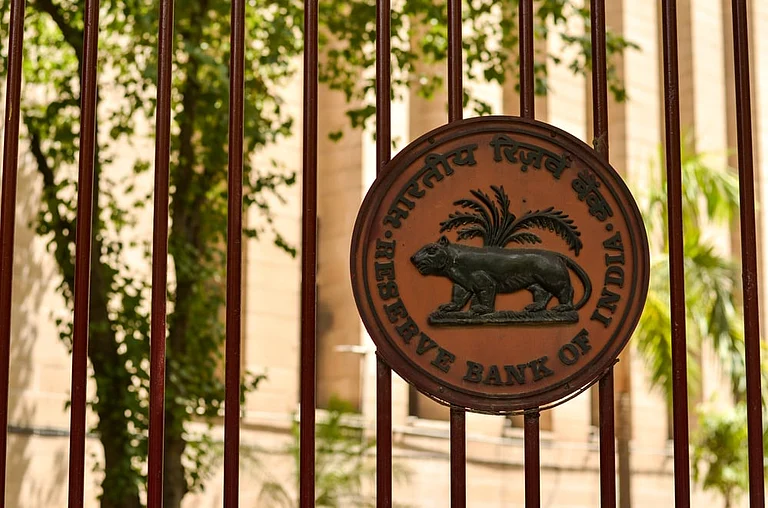The Employees’ Provident Fund Organisation (EPFO) will allow eligible members to apply for a higher pension till May 3, 2023 at unified members' portal of retirement fund body EPFO. As per Supreme Court's directive last year, the closing date for making use of this option was March 4, 2023, which has now been extended by another two months.
On February 20, the EPFO issued a detailed guideline on who and how one can apply for the Employees’ Pension (Amendment) Scheme, 2014, before the cutoff date on March 4, 2023. Currently, as can be seen from the URL on the EPFO unified members' portal activated recently, the option of higher pension is available until May 3, 2023.
Hearing a special leave petition on November 4, 2022, Supreme court asked the EPFO to consider the new joint declaration applications as directed in para 44(iii) & (iv) of its judgement.
Para 44(iii) states that employees who exercised the option under the proviso to paragraph 11(3) of the employees’ pension scheme (EPS) 1995 and continued in services as on September 1, 2014, will be guided by the amended provisions of paragraph 11(4) of the pension scheme.
Para 44(iv) states that members who did not exercise the option, as contemplated in paragraph 11 (3) of the pension scheme, would be entitled to exercise the option under paragraph 11 (4) of the post-amendment scheme.
The 2014 amendment gave EPS members six months, as on September 1, 2014, to apply for the amended scheme, extendable by another six months at the discretion of the regional provident fund commissioner. In addition, members who opted for the pension scheme exceeding the wage ceiling were needed to contribute an extra 1.16 per cent towards the fund.
However, many employees approached the apex court for relief, citing the absence of information about the deadline to opt for the amended scheme. So now, employees who did not opt for the option can do so by the new cutoff date.
EPF & EPS Contributions
Currently, both employees and employers contribute 12 per cent of the employee’s basic salary, dearness allowance, etc., to the EPF.
The employee’s contribution goes to the Employee’s Provident Fund (EPF), while the employer’s 12 per cent is split towards EPF (3.67 per cent) and EPS (8.33 per cent).
Although employees do not contribute to the pension scheme, the government contributes 1.16 per cent towards their pension. In 2014, the pensionable salary was raised from Rs 6,500 per month to Rs 15,000. Currently, the pension contribution is 8.33 per cent unless the employee and employer choose to contribute on the actual basic salary, or above the pensionable wage.
Prior to the 2014 amendment, the pensionable salary was calculated as per the average 12-month salary drawn prior to exit as a member of the pension fund. In 2014, it was raised to 60 months before the exit.













